Just over 80 years ago, April in Aberdeen was a terrifying time as Nazi bombs rained down on the city, bringing death and destruction to homes, businesses and schools.
Between 1940 and 1943 in the Second World War, Aberdeen was the most bombed city in Britain, earning it the unwelcome nickname ‘Siren City’.
The sinister wail of air raid sirens became part of daily life for Aberdonians as they hurried to basements, and shelters in streets and gardens to sit out the blitz.
Crowding in with family, neighbours – and often strangers – people waited anxiously as German bombers soared overhead.
As bombs rumbled and buildings crumbled, there was fear and apprehension about what would be left when people emerged from their underground sanctuaries.
This was particularly the case on April 21 1943, when Aberdeen suffered its most deadly air raid.
Middlefield School was badly damaged by Nazi bombs on April 21 1943
The night sky was full of Nazi bombers showering the city with high-explosive bombs, phosphorus bombs and oil bombs, which sparked fires, to cause maximum destruction.
Middlefield School, Causewayend Church, the psychiatric hospital and a nurses’ home were just some of the buildings left in ruins. But there were many more.
Middlefield School was one of the first buildings to be hit, while the worst-hit residential districts were Kittybrewster, Hilton, Woodside and George Street.
Middlefield pupil June Ross described how “Anderson Drive was ablaze with incendiary bombs”.
Teachers were at the school on fire-watching duty throughout the raid when parts of the building collapsed, trapping much-loved teacher Sybil Spicer.
She was pinned down by a fallen beam when a central stairwell collapsed, and taken to hospital where her leg was amputated.
Happily, she survived the ordeal, continued teaching, and went on to become the first female headteacher in Aberdeen.
As a result of bomb-damage on schools, many schoolchildren moved to half-days’ schooling to accommodate all the pupils at different times of the day until temporary huts were built.
Our gallery of archive photos of April in Aberdeen takes us beyond the war years and into happier occasions like cup-tie wins, shopping at The Green and fun at the beach carnival.
In pictures: April in Aberdeen over the years
Do you have memories of wartime Aberdeen you’d like to share? Please get in touch by email at: nostalgia@dctmedia.co.uk
If you enjoyed this, you might like:
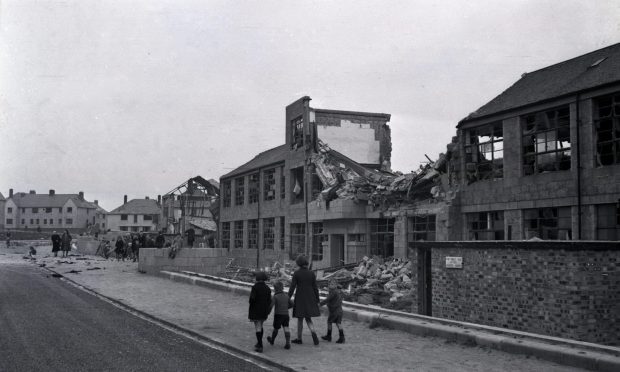

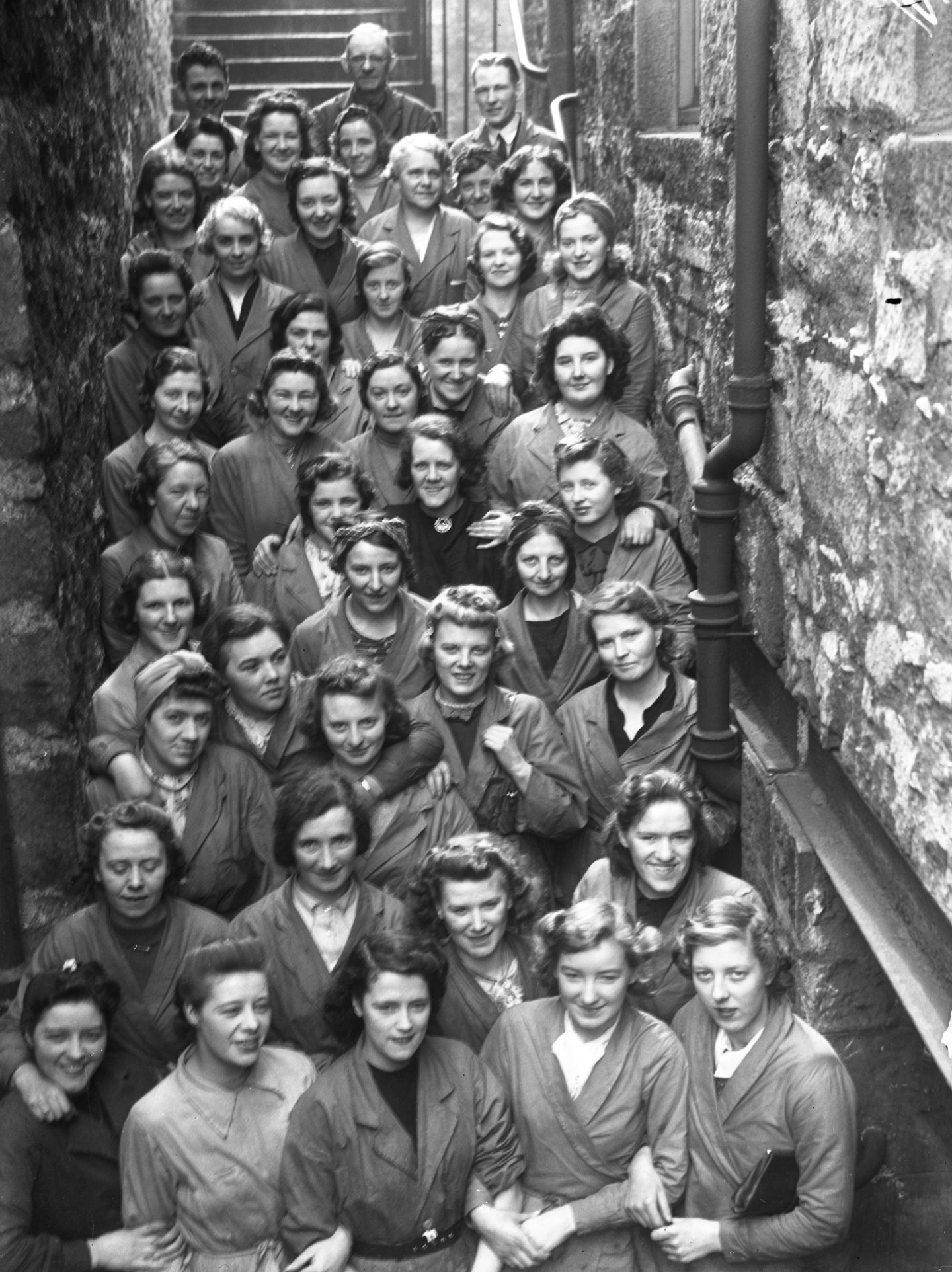
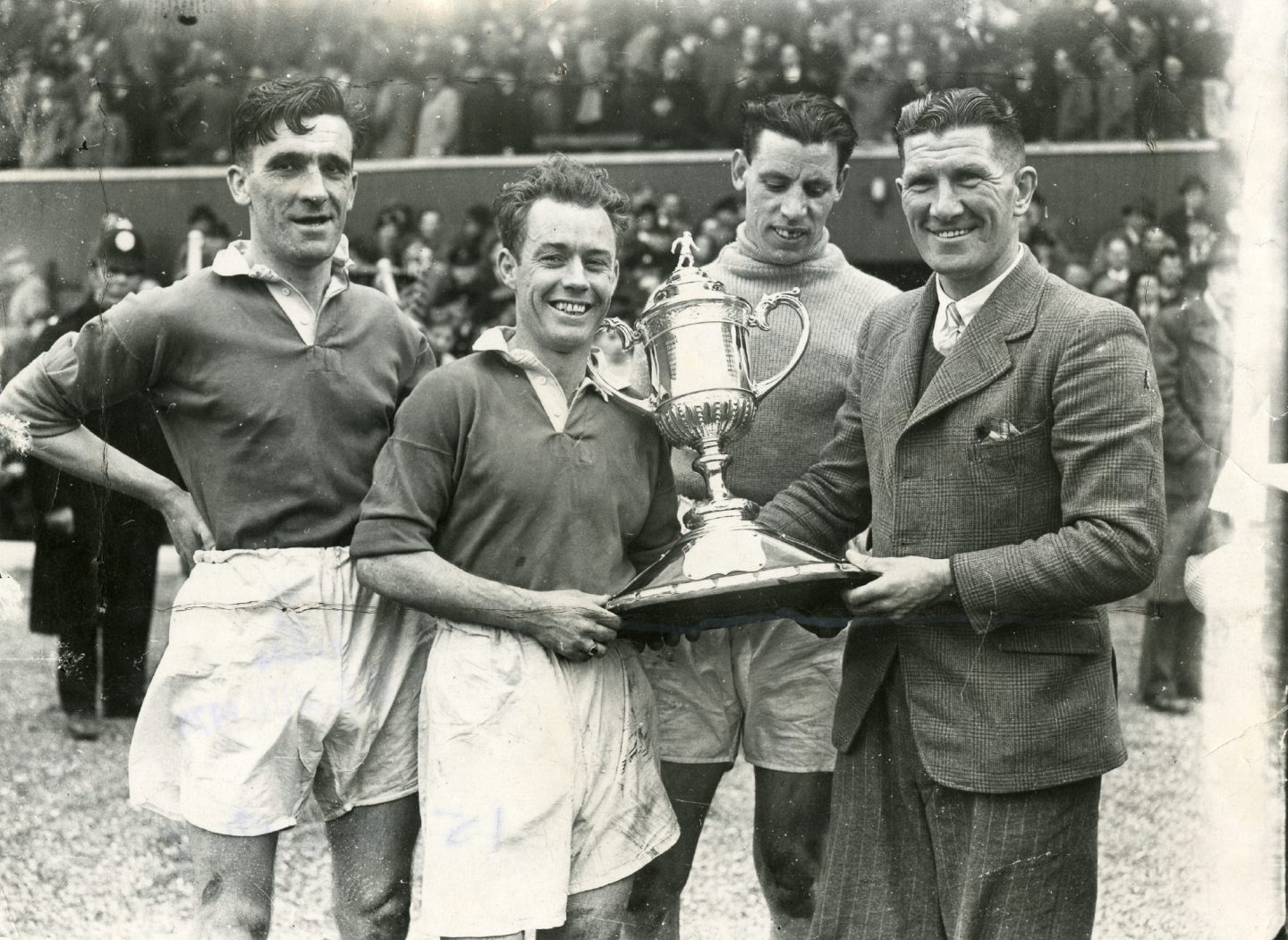

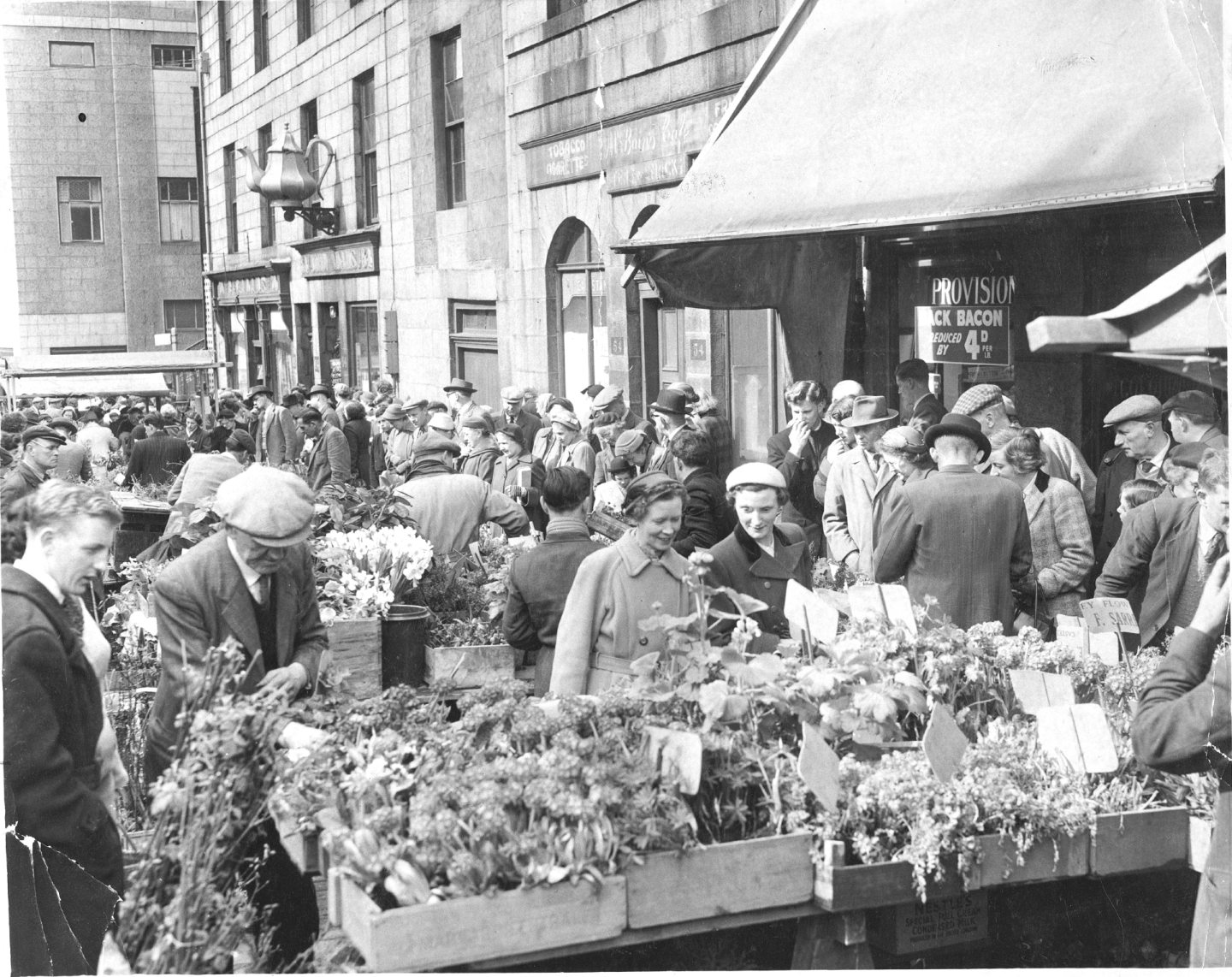
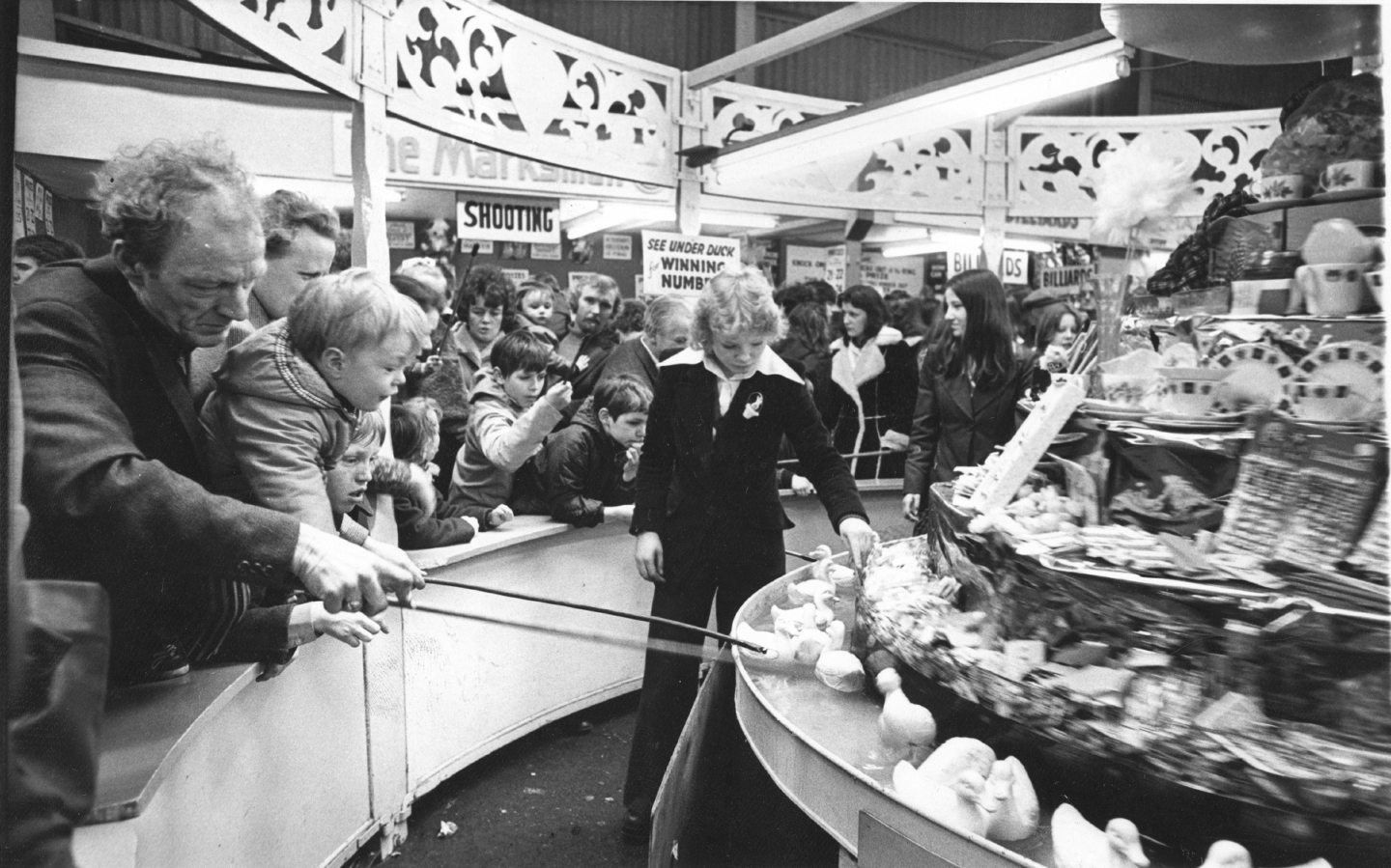
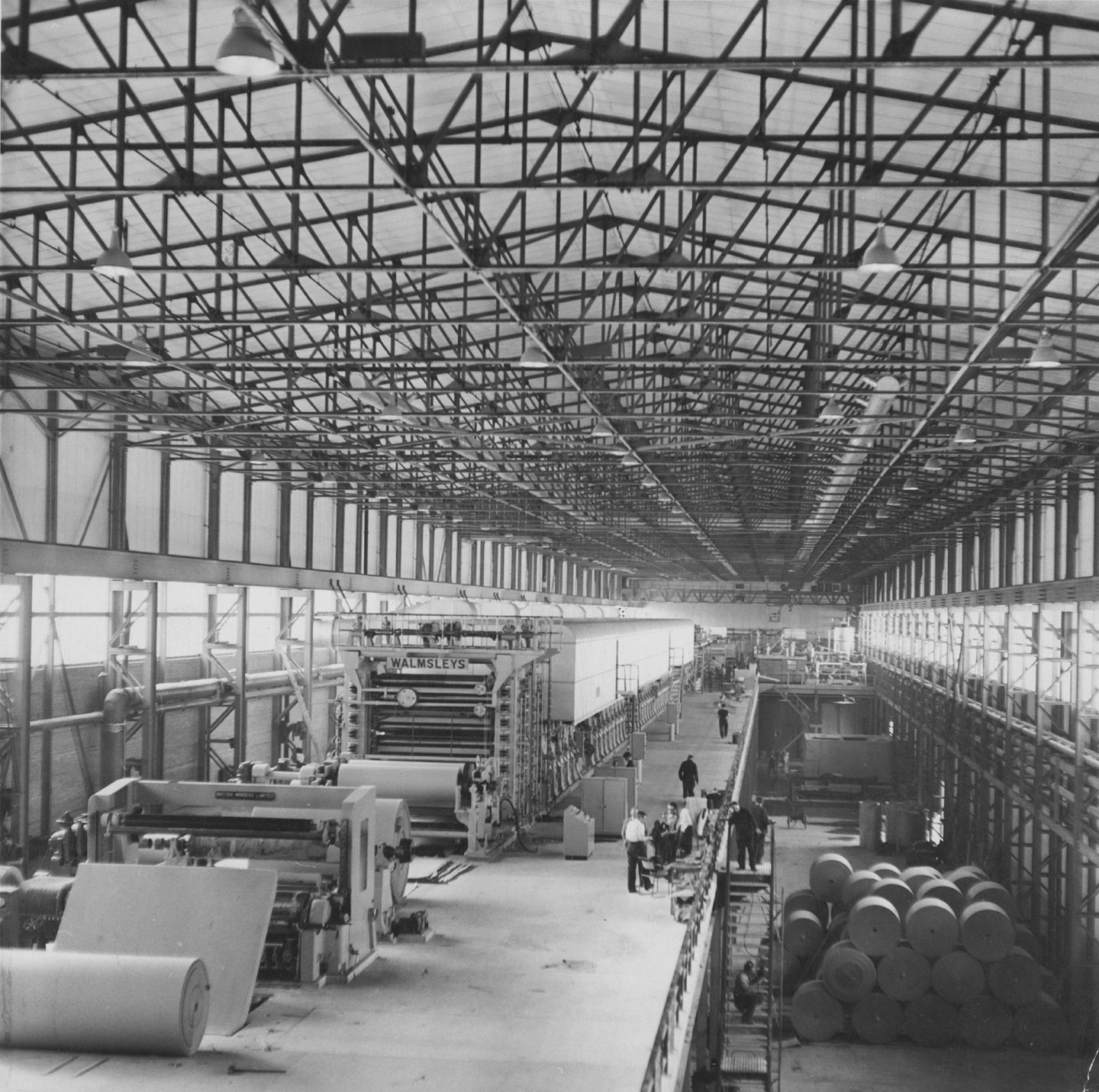

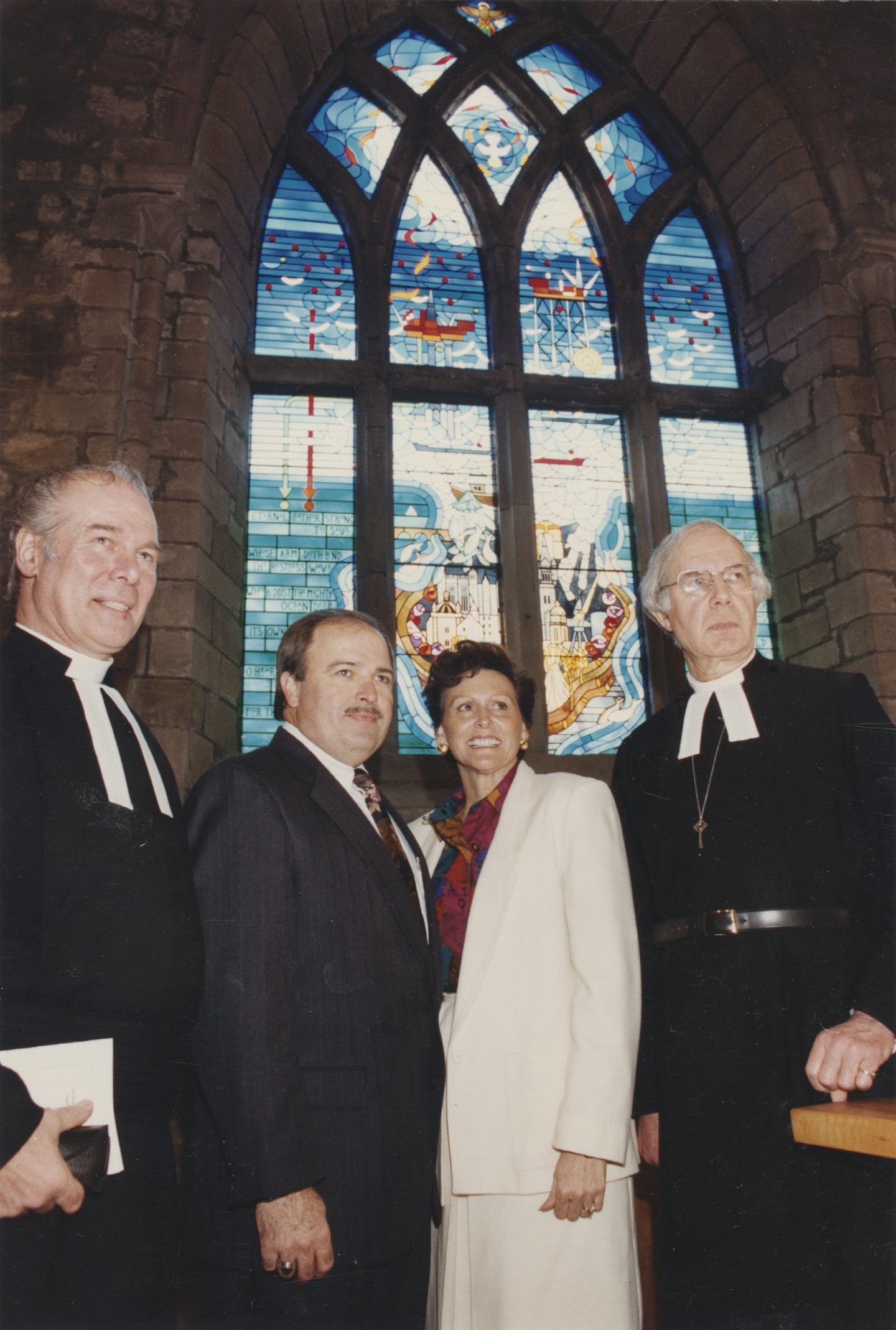

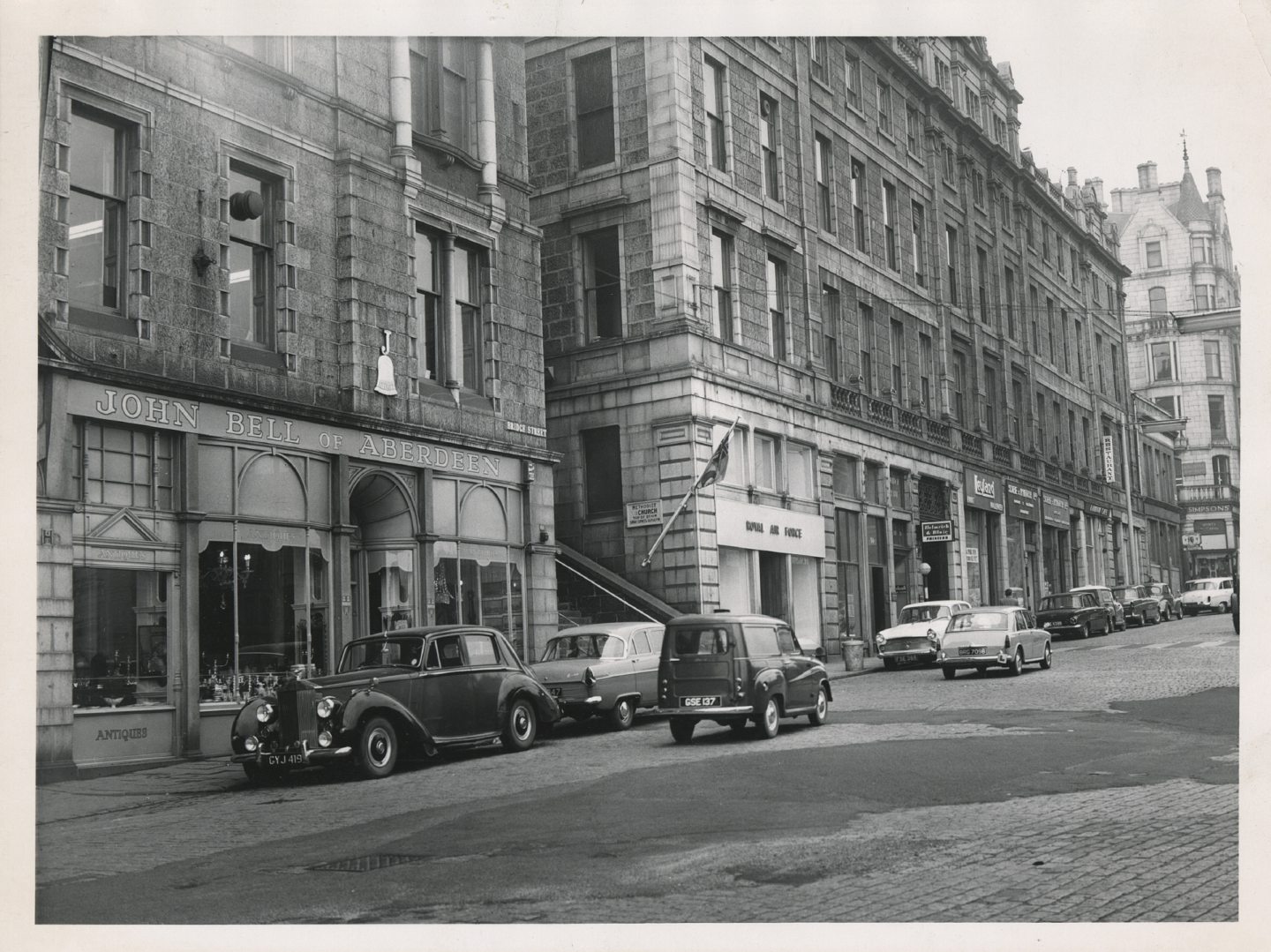

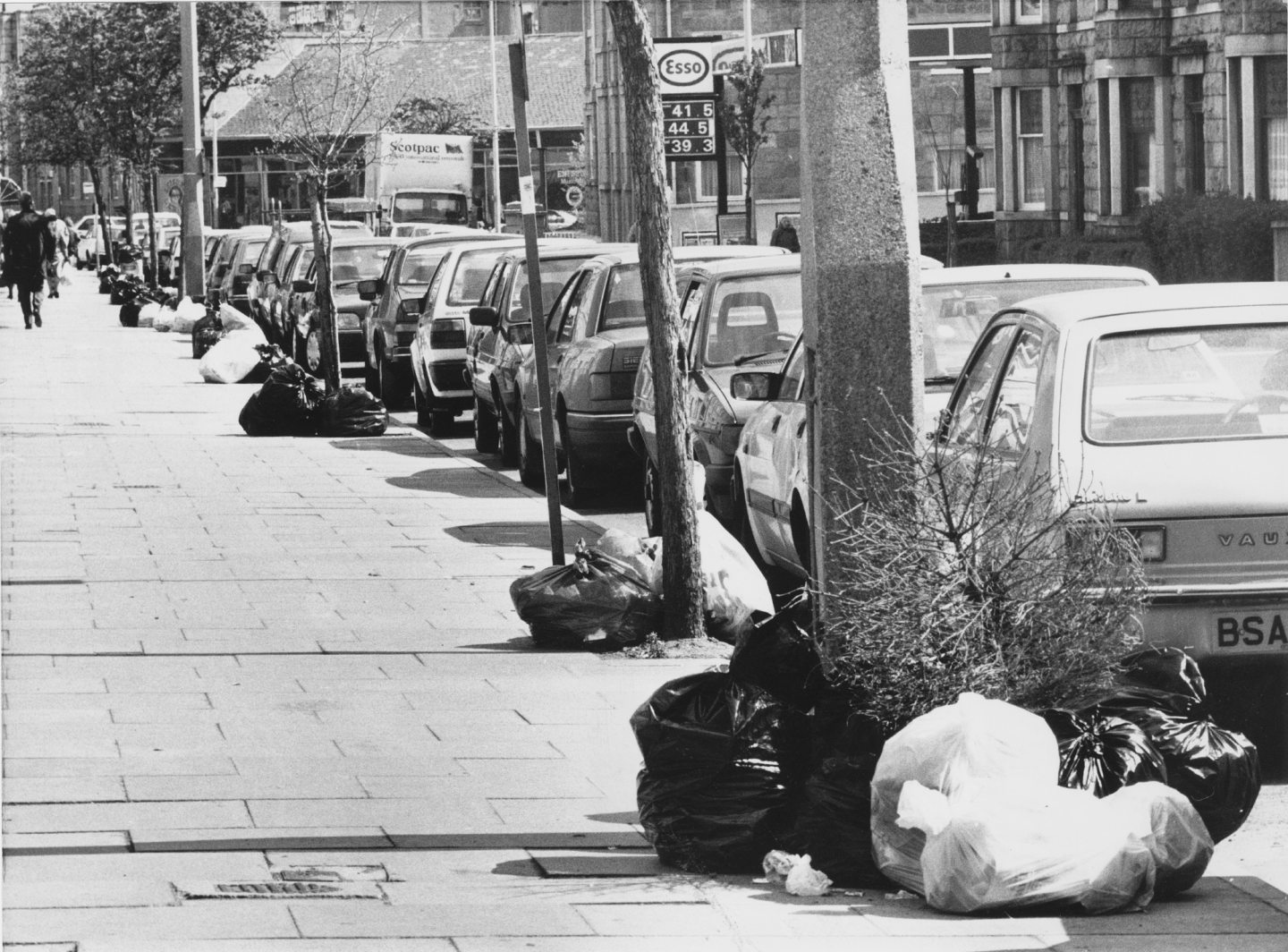

Conversation